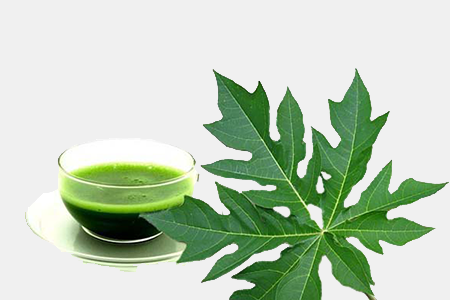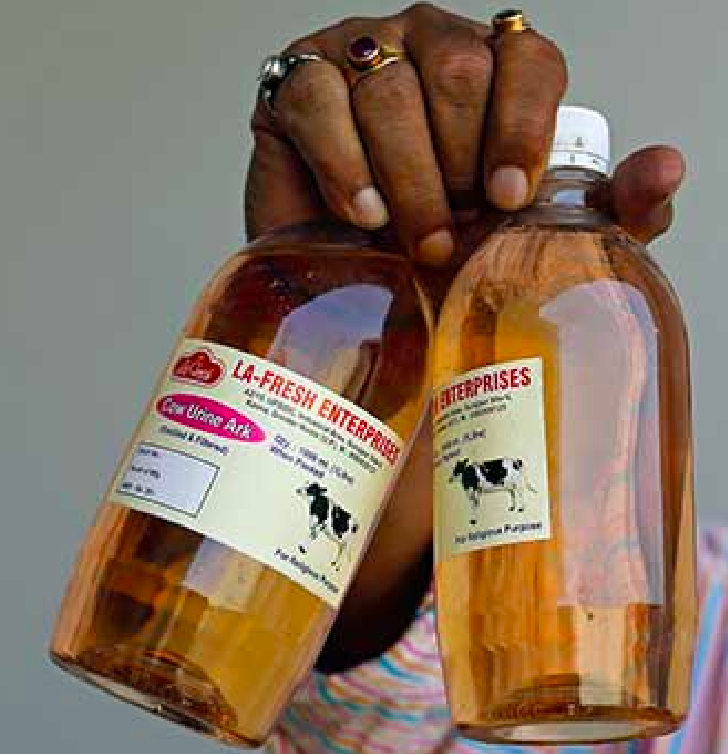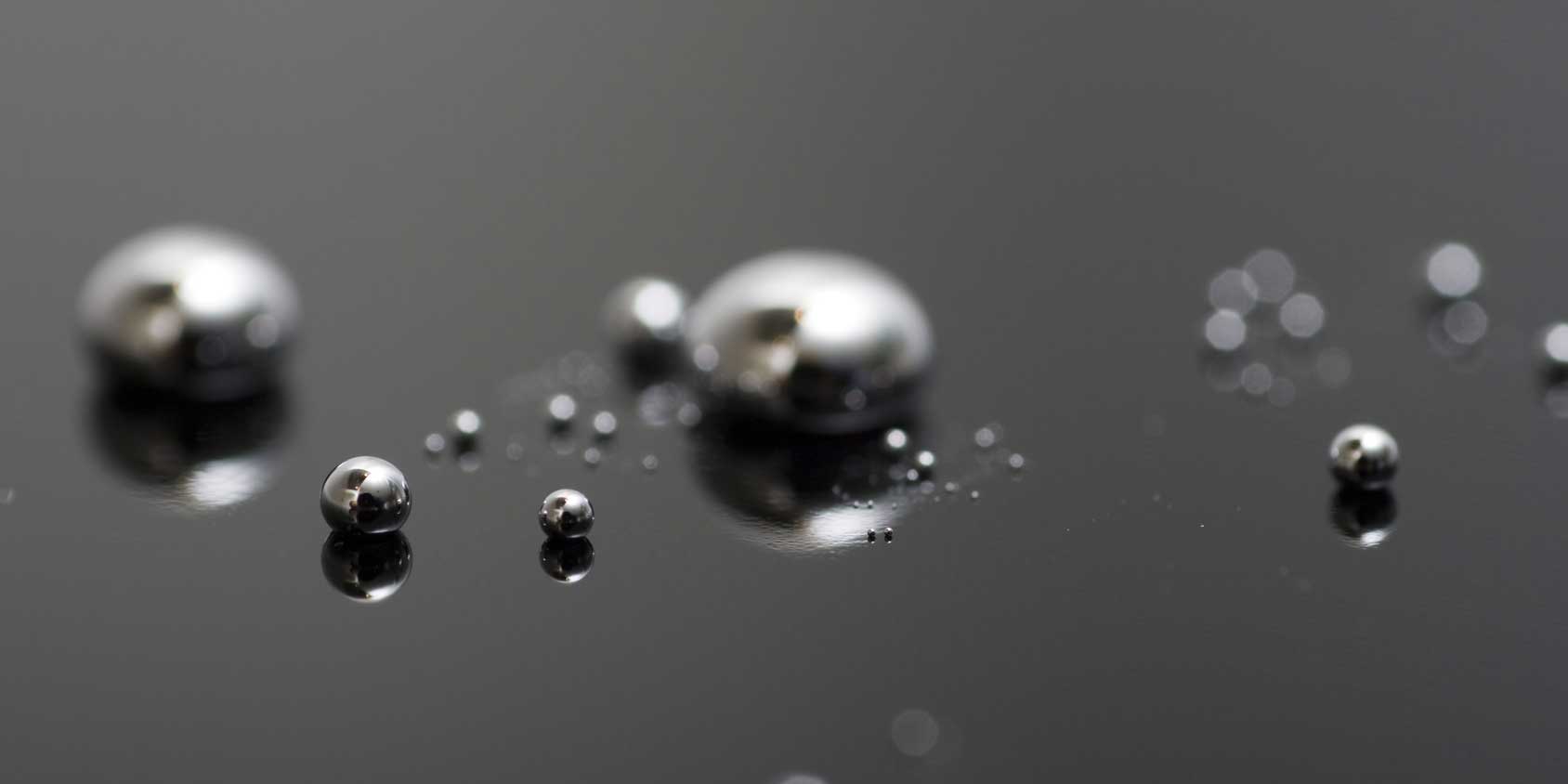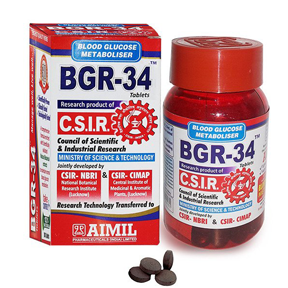The Pseudo ‘SCIENCE’ in Medicine
Once a kid asked his dad, “Dad, If we can drink the milk produced by the cow, then why can’t we use urine too?”
What the dad replied is not of much importance, because anyhow cow urine is being used for Medicinal purposes now. Yes. You heard it right. A media recently reported that “The Ayurveda department has prepared eight medicines using “gau muthra”(cow urine) which can prove to be useful in case of liver ailments, joint pain, and immunity deficiency.”
But is there any science behind this? Okay. It’s better to keep our mouths shut. Pseudo-Medicine. Pseudoscience. Anyone who lives in India might’ve heard a lot about these terms. Is it a good practice to run behind intuitions and guesses instead of treating a disease with needed medical care? Well, many say yes. But let us go through some “facts” regarding this.
Pseudo-Medicine; A myth or a traditional Knowledge?
The word itself defines the meaning. Pseudo. Which means false. Pseudoscience is a belief mistakenly regarded as being based on science and a misconception is a view that is incorrect based on faulty understanding. Similarly, pseudo-medicine is the practice of prescribing remedies for illnesses without having much evidence to prove it. But, what we need to understand is that we can’t take chances when it comes to our health.
The evidence is the key to any treatment. Pseudo medicine mostly follows intuitions and beliefs. Home remedies, single ingredient medicines etc are some of the examples of such practices. Though people may feel that such ‘medicines’ can cure their illness, most of the time, the illness goes away because of the body’s own immune system. But people still believe in quacks, no matter how literate they are. Tradition and myths have always been in our blood. So does the natural remedies. Even if we are having a fever, most of us first do home remedies and then if the fever still persists, consult a doctor. Here is where the pseudo-medicine starts to penetrate our minds. Some say a herbal tea will cure illness, but what if that fever is a symptom of any other deadly disease? We’ll wait for weeks and seek medical attention when the situation worsens. By the time the disease might’ve taken its control over our body. The most alarming fact is that there are highly literate people who fall in such pseudo medicinal claims which mean that anyone can be easily fooled by such false claims.
Pseudo-Medicine in India
Have you ever heard of an absence of scientific explanation in a paper presented in Science Congress?. But it did. 102nd Indian science congress witnessed such a situation where one retired flying instructor claimed that the science of building and flying airplanes was recorded by Maharishi Bharadwaj in the Brihad Vimana Shastra, several millennia before the Wright Brothers built their airplane. If we, on reading this, chuckles, think how would all the dignitaries including Nobel laureates who were present there might’ve felt. So when it comes to medicine, the alarming fact is that people believe such practices. So far medical sector has witnessed some interesting pseudo claims.
- Jasmine ‘Kashaya’ – Remedy against Nipah.

Nipah has become the new epidemic fear of India when it made a comeback, in Kerala. While researchers were trying hard to find a cure for the virus, some ‘herb lover’ easily found a remedy. Message on ‘power of Indian herbs’ started spreading via social media, especially WhatsApp. The recipe for kashaya was as follows: Boil six leaves of night-blooming jasmine (parijatha) in 200ml of water and prepare a 100ml kashaya. Add black pepper powder and three drops of lime juice. Consume the mixture thrice or four times a day; consume honey with onion extract regularly. The message was like consume this kashaya and wait for the kashaya to act against Nipah. Nipah will wait until then. Nipah is a serious infection involving the brain and it causes encephalitis. Such patients need immediate hospitalization and intensive care. Most patients require artificial ventilation until the virus subsides. The mortality rate is 70%. Many scientists also made a clear point that let alone any home remedy, there is no treatment for NiV. Even if the above-prescribed home remedy can act, a patient won’t live that long until the kashaya start to act.
2. Papaya leaf for treating Dengue.

It is being said that papaya leaf can cure dengue. People extract juices from papaya leaf and use it to treat dengue. Claims have come up stating that compound in the papaya leaf can help the blood clot (No evidence found yet). Are we naive enough, that in this age of modern science, to have blind faith in such claims? Even if we opt that method, do we have enough time to spare and heal slow? Imagine a person having high fever and symptoms of dengue. His platelet count will start to hit the bottom. He consumes papaya leaf extract. But would it act? Home remedies wouldn’t act effectively in such serious cases, else one has to wait until they reach heaven.
3. Medicines from cow urine

The cow has always been considered sacred in our country. Keeping that apart, is it acceptable to consume cow urine under the alleged claims that it is medicinal? Even if the answer is a NO, that is what going to happen! It’s being said that cow urine has some medicinal values. Some people believe that medicine from cow urine can act against liver ailments and other serious cases. Previously there was a news that gold can be “EXTRACTED” from the cow urine and now as a step ahead, U.P government is planning to produce a health drink from cow urine. *Freshly Brewed!!* But the scientific explanation for this act is still a question.
4. Solidified Mercury can cure severe illness.

Once, a guru (Sadguru) claimed that he can solidify and liquify mercury by simply holding it in his hand and ‘energize’ it at room temperature. What seems funnier is that he also added a statement that ‘severe illnesses can be cured by placing ‘solidified’ mercury on the body’. “In India, you will see people wearing mercury balls around their neck. There are many numbers of people who have come out of very serious immunological diseases just by having a piece of solidified mercury on their body.” He added. But anyone who knows basic chemistry can understand that under normal temperature and pressure conditions (NTP), pure mercury is indeed liquid.
Pure mercury, even with its impurities, cannot exist as a solid state at normal temperature and pressure. Also, if any of the treatment methods use mercury, then the toxicity and dosage of these drugs in humans need to be questioned by the scientific principles of modern research. So the ‘guru’s claim? Let’s open our minds and not let these falsified claims affect our lives.
5. An ayurvedic anti-diabetic drug, BGR-34.

BGR-34 was an ayurvedic drug which was developed by the Council for Scientific and Industrial Research, given to a private company to distribute, was supposed to be cheaper. But everything turned ironical. Neither was there any evidence, in the form of scientific studies nor as patents, to back up its abilities. It was later found out that the clinical trials conducted during its development had followed neither international guidelines nor the Indian Law! The recommended dosage was 4 pills per day and it cost 5 rupees for a tablet which means that it wasn’t cheaper after all. Anyhow the Advertising Standards Council of India smelled the danger and banned its advertisement as an anti-diabetic medication. Still, the incident points out to the increasing belief of pseudo medicines in our country which encourages them more to fool the people.
The scenario is not limited to 5 examples. Once, Uttarakhand government had allocated 25 crores to search for the legendary sanjeevani booti plant. 25 crores for a plant and why? Is this what you think. Well, it’s all about beliefs and myths. This plant’s most noted role was in saving the life of a dying prince in an epic. Let’s say the plant may have medicinal values. But 25 crores? For finding that plant, while majority Indians cannot afford basic healthcare. Another instance for the ‘pseudo’ science in medicine is, another self claimed scientist was set to begin performing a series of tests on brain-dead people to see if they could be revived based on myths. The Indian Council of Medical Research at first registered his clinical trial without asking him the necessary questions – and later realized their mistake and shut him down, during the course of which, his qualifications also came under scrutiny.
Anyhow, this kind of pseudo-medical practices and false claims still continues to persist. People easily get fooled by such pseudo practitioners/ faith healers/quacks. What we need to understand is, modern medicine is based on scientifically sound evidence and comes into implementation only after rigorous clinical trials and strict regulations. So is it advisable to believe the much claimed ‘magical remedies’ without evidence? Think people. THINK!
Source : 1. Seven of the Fishiest ‘Science’ Claims Indians Made in 2016, Vasudevan Mukunth,. https://thewire.in/media/pseudoscience-claims-bgr34-sanjeevani
-
https://timesofindia.indiatimes.com/city/mangaluru/kashaya-doesnt-cure-nipah-doctors/articleshow/64307469.cms
-
https://www.altnews.in/scientific-research-ascertains-mercury-toxicity-sadhguru-continues-endorse-indian-traditional-medicines/
-
https://www.ndtv.com/india-news/up-government-develops-medicines-with-cow-urine-for-liver-immunity-1808442
-
https://medicalxpress.com/news/2018-04-papaya-leaf-dengue-fever.html